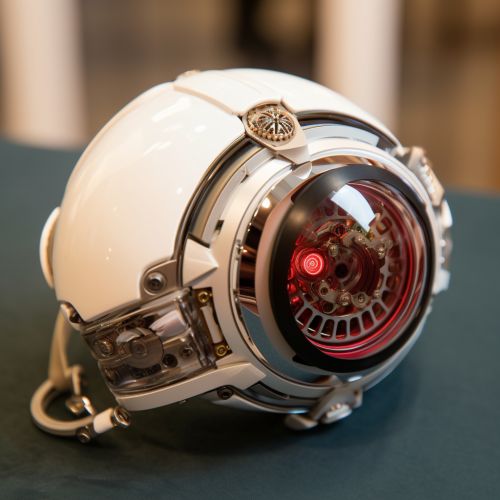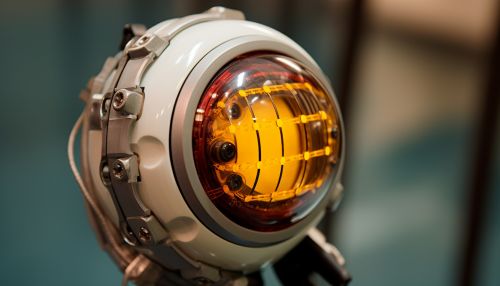Bionics
Introduction
Bionics, also known as biomimicry, biognosis, or biomimetics, is the application of biological methods and systems found in nature to the study and design of engineering systems and modern technology. This scientific discipline is derived from the Greek words 'bios' meaning life and 'mimesis' meaning to imitate. Bionics is not to be confused with biomechanics, which is the study of the mechanical aspects of living organisms.


History
The term 'bionics' was coined by Jack E. Steele in August 1958 while working at the Aeronautics Division House at the U.S. Air Force. Steele defined bionics as "the science of systems which have some function copied from nature, or which represent characteristics of natural systems or their analogues". Over time, the term has evolved to encompass the integration of natural biological systems with artificial systems.
Principles of Bionics
The fundamental principle of bionics is learning from nature. This involves studying the structures, functions, and processes of biological organisms and systems, and applying this knowledge to the design of artificial systems and technologies. Bionics is interdisciplinary, drawing from fields such as biology, physics, chemistry, computer science, and engineering.
Applications
Bionics has wide-ranging applications in various fields, including medicine, robotics, architecture, and industrial design.
Medicine
In medicine, bionics has led to the development of artificial organs such as the artificial heart and the bionic eye. These devices mimic the function of natural organs, improving the quality of life for individuals with organ failure or damage.
Robotics
In robotics, bionics is used to create robots that mimic the movements and behaviors of animals. This includes robots that can fly like birds, swim like fish, or walk like insects. These robots are often used in research, exploration, and other applications where human presence may be dangerous or impractical.
Architecture
In architecture, bionic principles are used to create buildings that mimic natural structures. This can result in buildings that are more sustainable, efficient, and aesthetically pleasing.
Industrial Design
In industrial design, bionics is used to create products that mimic the form and function of natural objects. This can result in products that are more ergonomic, efficient, and visually appealing.
Future of Bionics
The future of bionics holds great promise. With advancements in technology and a deeper understanding of biological systems, the potential applications of bionics are vast. From more efficient energy systems to advanced medical devices, the possibilities are endless.
